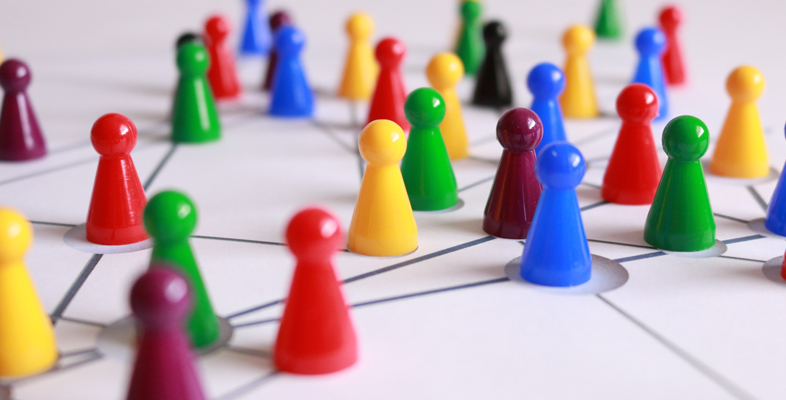4.1 The effects of distance on communication
In the late 1970s, Professor Tomas J. Allen researched the effects of distance on the frequency of communication. Through his study looking at the distance between engineers’ offices, he showed that a distance of 50 feet between people meant that the probability of communication more than once a week was less than 10% (Fleming and Hailstrom, 2016).
You might think that the growth in the use of technology to communicate at a distance would make a difference to this, but further work by Allen in 2006 suggests that this is far from the case:
Rather than finding that the probability of telephone communication increases with distance, as face-to-face probability decays, our data show a decay in the use of all communication media with distance…. We do not keep separate sets of people, some of whom we communicate with by one medium and some by another. The more often we see someone face-to-face, the more likely it is that we will also telephone that person or communicate by another medium.
This has implications for any virtual team and explains why communication breaks down, mistakes happen and opportunities get missed.
